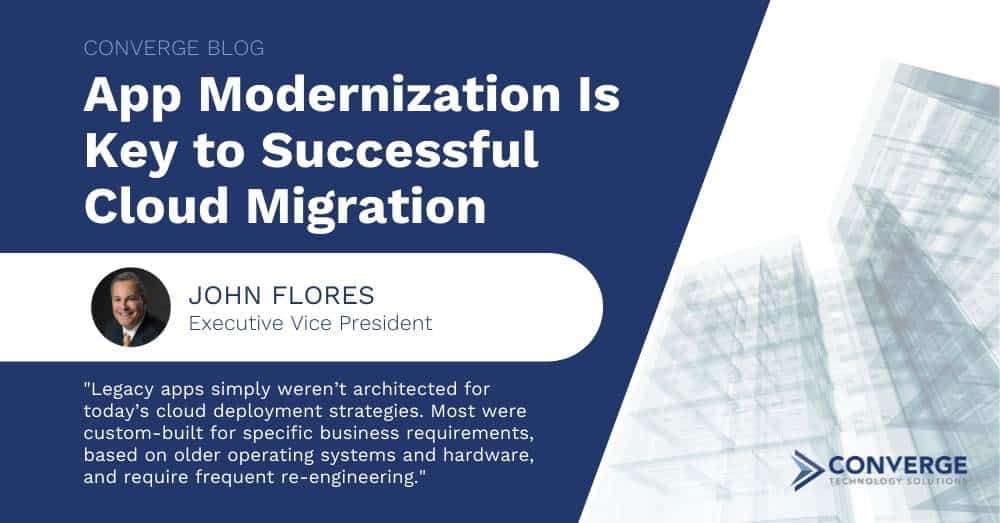Over the past year, rapid changes in the technology landscape have made software modernization an imperative for organizations of all sizes. As organizations accelerated the movement of legacy applications to the cloud to support work-from-home operations, many experienced significant challenges resulting from inadequate planning.
Legacy apps simply weren’t architected for today’s cloud deployment strategies. Most were custom-built for specific business requirements, based on older operating systems and hardware, and require frequent re-engineering. They generally need significant reconfiguration to work properly on a new platform.
However, one recent study finds that up to two-thirds of companies that migrated applications last year are experiencing unexpected cost and performance issues as a result of having simply “lifted and shifted” apps instead of rearchitecting, replatforming, or otherwise modernizing them prior to migration. Very often, issues arise because organizations neglect to simultaneously migrate dependent systems and applications. That usually results in latency and availability issues.
Many legacy apps were designed to run on a single server rather than in the cloud’s clustering scenario. Without revisions, apps often fail during a cluster failover scenario.
Getting Ready
Modernization projects that upgrade and optimize applications and their underlying data sources and services can avert such issues. Sometimes this can be accomplished with a new interface such as a mobile or web front end, which allows the app to be extended and used in new ways. Other situations may call for a more extreme reworking involving rewriting code.
The crucial first step in a modernization project is a thorough assessment and inventory of your software stack. Legacy applications should be evaluated based on their overall value, the importance of the business processes they support, maintenance costs, and risk of failure. This evaluation can help establish your modernization priorities.
The assessment should also help determine the most logical approach to modernization. In some cases, this could involve re-hosting the application and its components without making changes. In other cases, it might be better to rebuild the app in a cloud environment using modern frameworks to make it more resilient. Finally, there may be instances in which the legacy app could simply be replaced altogether using a commodity Software-as-a-Service offering that will deliver improved functionality with the added advantage of automated updates.
Call on the Experts
For most organizations, software modernization is beyond the scope of what they can handle with in-house IT staff. Whether migrating to a cloud platform, creating a new interface, or writing new code, modernization requires specific skills.
With specific expertise in software development and cloud platforms, Converge Technology Solutions can remove much of the risk from an application modernization initiative. We have developed a series of cloud migration assessments to help customers identify migration opportunities and establish a detailed project timeline. After that, our team of development experts can begin the process of either rewriting, porting, or replacing legacy software.
Our team will test often throughout the project lifecycle to quickly add new features, change functionality, or make bug fixes. Our modernization strategies ensure that the revised application addresses both immediate tactical needs and long-term strategic requirements. We can also work with cloud providers to effectively migrate legacy applications and their components for increased resiliency.
Legacy applications often support critical business processes that have worked well for years. However, migrating such applications to the cloud to support remote operations can be a tricky process. Converge has the software development expertise and established processes to help you modernize your legacy apps and streamline migration.




